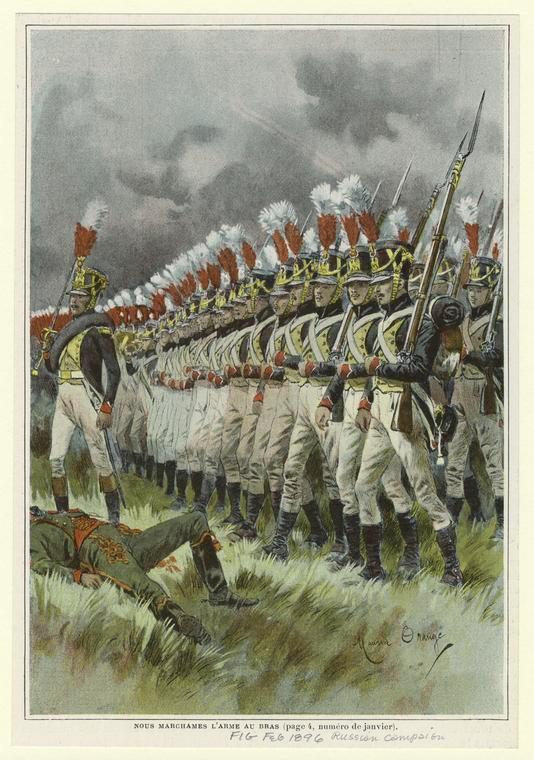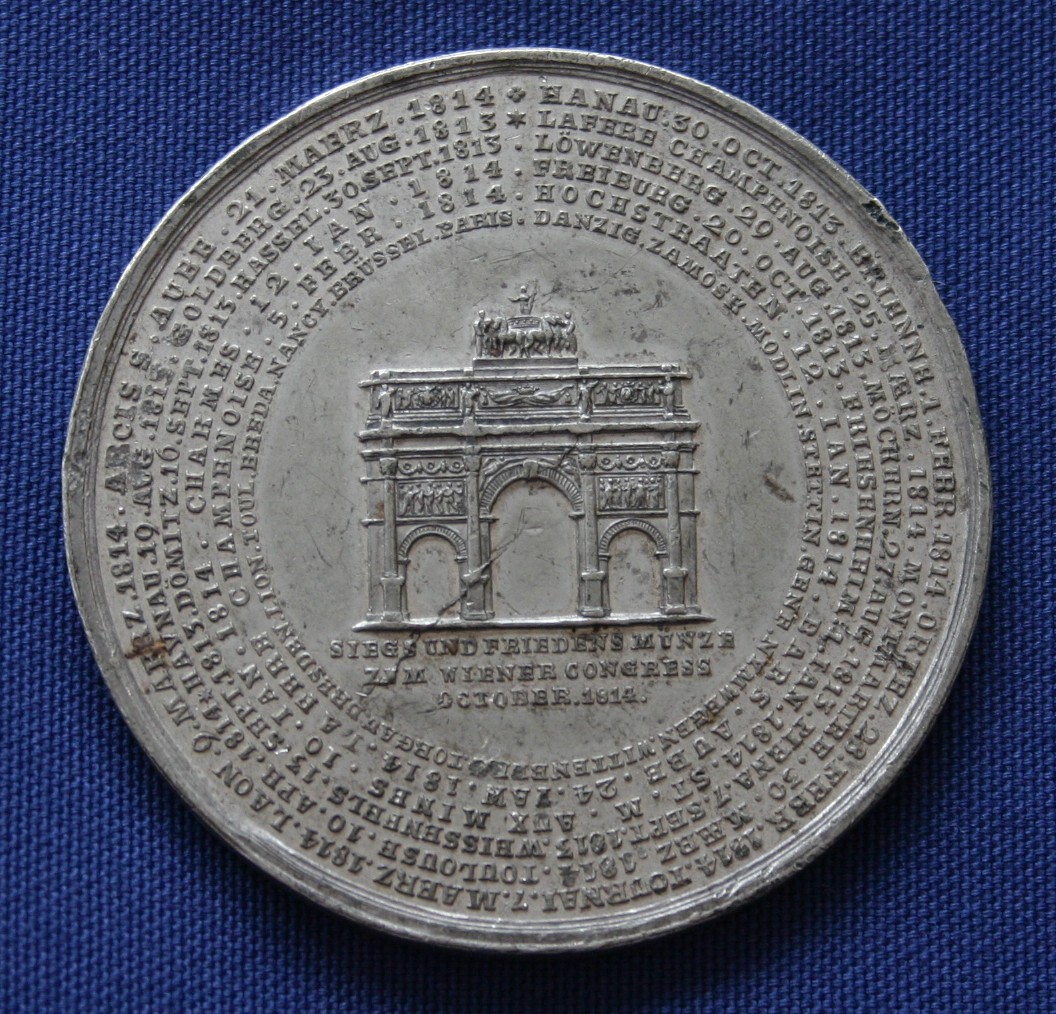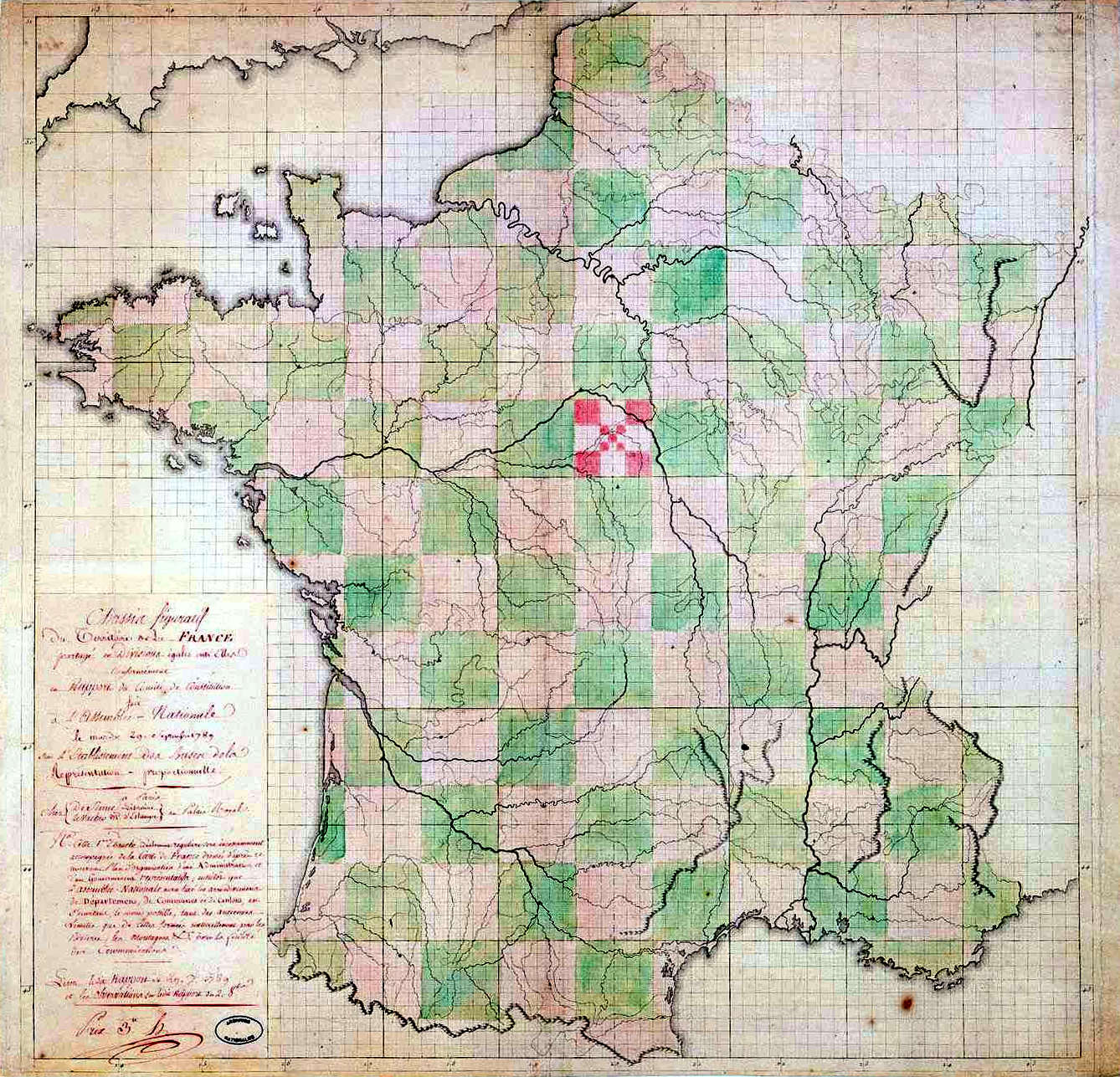|
French Period
In Northern European historiography, the term French period (, , ) refers to the period between 1794 and 1815 during which most of Northern Europe was controlled by Republican or Napoleonic France.Eduard Rothert''Rheinland-Westfalen im Wechsel der Zeiten''.Düsseldorf 1900; Online-Präsentation der Universitätsbibliothek der Heinrich-Heine-Universität Düsseldorf, retrieved 21 March 2011. The exact duration of the period varies by the location concerned. Landschaftsverband Rheinland (LVR), retrieved 18 March 2011. In German historiography, the term emerged in the 19th century and developed nationalist connotations. It entered |
Europe 1812 Map En
Europe is a continent located entirely in the Northern Hemisphere and mostly in the Eastern Hemisphere. It is bordered by the Arctic Ocean to the north, the Atlantic Ocean to the west, the Mediterranean Sea to the south, and Asia to the east. Europe shares the landmass of Eurasia with Asia, and of Afro-Eurasia with both Africa and Asia. Europe is commonly considered to be separated from Asia by the watershed of the Ural Mountains, the Ural River, the Caspian Sea, the Greater Caucasus, the Black Sea, and the waterway of the Bosporus Strait. "Europe" (pp. 68–69); "Asia" (pp. 90–91): "A commonly accepted division between Asia and Europe ... is formed by the Ural Mountains, Ural River, Caspian Sea, Caucasus Mountains, and the Black Sea with its outlets, the Bosporus and Dardanelles." Europe covers approx. , or 2% of Earth's surface (6.8% of Earth's land area), making it the second-smallest continent (using the seven-continent model). Politically, Europe is divide ... [...More Info...] [...Related Items...] OR: [Wikipedia] [Google] [Baidu] |
Peasants' War (1798)
The Peasants' War (, , , ) was a peasant revolt in 1798 against the French occupiers of the Southern Netherlands, a region which now includes Belgium, Luxembourg, and parts of Germany. The French had annexed the region in 1795 and control of the region was officially ceded to the French after the Treaty of Campo Formio in 1797. The revolt is considered part of the French Revolutionary Wars. Motivations for war After the Southern Netherlands was annexed by France, the French revolutionaries began to implement their policies regarding the Catholic Church. The Civil Constitution of the Clergy required that priests take an oath of allegiance to the state. Priests who refused such an oath (non-juring priests) were considered to be enemies of the state and could be removed from their positions and homes. Additionally, in early 1798, the French Council of Five Hundred passed a law requiring compulsory military service. This law ordered the conscription of men between the ages of 2 ... [...More Info...] [...Related Items...] OR: [Wikipedia] [Google] [Baidu] |
Ludwig Yorck Von Wartenburg
Johann David Ludwig Graf Yorck von Wartenburg (born von Yorck; 26 September 1759 – 4 October 1830) was a Prussian ''Generalfeldmarschall'' instrumental in the Kingdom of Prussia ending an alliance with France to form one with Russia during the War of the Sixth Coalition. Ludwig van Beethoven's "Yorckscher Marsch" is named in his honor. The Field Marshal's surname is Yorck; Wartenburg is a battle-honour appended to the surname as a title of distinction (cf. Britain's Montgomery of Alamein). Background Yorck's father, David Jonathan von Yorck, was born in Rowe in the Prussian Province of Pomerania (now Rowy, Poland), to Jan Jarka, a Lutheran pastor, whose family came from a small manor in Gross Gustkow (hence the name ''von Gostkowski'') and traced its origins from Pomeranian Kashubians. David Jonathan von Yorck served as a captain (''Hauptmann'') in the Prussian Army under King Frederick the Great; Yorck's mother Maria Sophia Pflug was the daughter of a Potsdam artis ... [...More Info...] [...Related Items...] OR: [Wikipedia] [Google] [Baidu] |
French Invasion Of Russia
The French invasion of Russia, also known as the Russian campaign (), the Second Polish War, and in Russia as the Patriotic War of 1812 (), was initiated by Napoleon with the aim of compelling the Russian Empire to comply with the Continental System, continental blockade of the United Kingdom. Widely studied, Napoleon's incursion into Russia stands as a focal point in military history, recognized as among the list of battles by casualties, most devastating military endeavors globally. In a span of fewer than six months, the campaign exacted a staggering toll, claiming the lives of nearly a million soldiers and civilians. On 24 June 1812 and subsequent days, the initial wave of the multinational Grande Armée crossed the Neman River, marking the entry from the Duchy of Warsaw into Russia. Employing extensive forced marches, Napoleon rapidly advanced his army of nearly half a million individuals through European Russia, Western Russia, encompassing present-day Belarus, in a b ... [...More Info...] [...Related Items...] OR: [Wikipedia] [Google] [Baidu] |
German Campaign (Napoleonic Wars)
The German campaign () was fought in 1813. Members of the Sixth Coalition, including the German states of Austria and Prussia, plus Russia and Sweden, fought a series of battles in Germany against the French Emperor Napoleon, his marshals, and the armies of the Confederation of the Rhine – an alliance of most of the other German states –, which ended the domination of the First French Empire. After the devastating defeat of Napoleon's '' Grande Armée'' in the Russian campaign of 1812, Johann Yorck – the general in command of the ''Grande Armée'''s German auxiliaries (') – declared a ceasefire with the Russians on 30 December 1812 via the Convention of Tauroggen. This was the decisive factor in the outbreak of the German campaign the following year. The spring campaign between France and the Sixth Coalition ended inconclusively with a summer truce ( Truce of Pläswitz). Via the Trachenberg Plan, developed during a period of ceasefire in the summer of 1813, the minis ... [...More Info...] [...Related Items...] OR: [Wikipedia] [Google] [Baidu] |
Confederation Of The Rhine
The Confederated States of the Rhine, simply known as the Confederation of the Rhine or Rhine Confederation, was a confederation of German client states established at the behest of Napoleon some months after he defeated Austrian Empire, Austria and Russian Empire, Russia at the Battle of Austerlitz. Its creation brought about the dissolution of the Holy Roman Empire shortly afterward. The Confederation of the Rhine lasted for only seven years, from 1806 to 1813, dissolving after Napoleon's defeat in the War of the Sixth Coalition.Hans A. Schmitt. "Germany Without Prussia: A Closer Look at the Confederation of the Rhine". ''German Studies Review'' 6, No. 4 (1983), pp 9–39. The founding members of the confederation were German princes of the Holy Roman Empire. They were later joined by 19 others, altogether ruling a total of over 15 million people. This granted a significant strategic advantage to the French Empire on its eastern frontier by providing a buffer between France and ... [...More Info...] [...Related Items...] OR: [Wikipedia] [Google] [Baidu] |
Prussia
Prussia (; ; Old Prussian: ''Prūsija'') was a Germans, German state centred on the North European Plain that originated from the 1525 secularization of the Prussia (region), Prussian part of the State of the Teutonic Order. For centuries, the House of Hohenzollern ruled Prussia, expanding its size with the Prussian Army. Prussia, with its capital at Königsberg and then, when it became the Kingdom of Prussia in 1701, History of Berlin, Berlin, decisively shaped the history of Germany. Prussia formed the German Empire when it united the German states in 1871. It was ''de facto'' dissolved by 1932 Prussian coup d'état, an emergency decree transferring powers of the Prussian government to German Chancellor Franz von Papen in 1932 and ''de jure'' by Abolition of Prussia, an Allied decree in 1947. The name ''Prussia'' derives from the Old Prussians who were conquered by the Teutonic Knightsan organized Catholic medieval Military order (religious society), military order of Pru ... [...More Info...] [...Related Items...] OR: [Wikipedia] [Google] [Baidu] |
Napoleonic Code
The Napoleonic Code (), officially the Civil Code of the French (; simply referred to as ), is the French civil code established during the French Consulate in 1804 and still in force in France, although heavily and frequently amended since its inception. Although Napoleon himself was not directly involved in the drafting of the Code, as it was drafted by a commission of four eminent jurists,Robert B. Holtman, ''The Napoleonic Revolution'' (Baton Rouge: Louisiana State University Press, 1981) he chaired many of the commission's plenary sessions, and his support was crucial to its enactment. The code, with its stress on clearly written and accessible law, was a major milestone in the abolition of the previous patchwork of feudal laws. Historian Robert Holtman regards it as one of the few documents that have influenced the whole world. The Napoleonic Code was not the first legal code to be established in a European country with a civil-law legal system; it was preceded by the ... [...More Info...] [...Related Items...] OR: [Wikipedia] [Google] [Baidu] |
Departments Of France
In the administrative divisions of France, the department (, ) is one of the three levels of government under the national level ("territorial collectivity, territorial collectivities"), between the Regions of France, administrative regions and the Communes of France, communes. There are a total of 101 departments, consisting of ninety-six departments in metropolitan France, and five Overseas department and region, overseas departments, which are also classified as overseas regions. Departments are further subdivided into 333 Arrondissements of France, arrondissements and 2,054 Cantons of France, cantons (as of 2023). These last two levels of government have no political autonomy, instead serving as the administrative basis for the local organisation of police, fire departments, and, in certain cases, elections. Each department is administered by an elected body called a departmental council (France), departmental council ( , ). From 1800 to April 2015, these were called gene ... [...More Info...] [...Related Items...] OR: [Wikipedia] [Google] [Baidu] |
Prince-Bishopric Of Liège
The Prince-Bishopric of Liège or Principality of Liège was a Roman Catholic ecclesiastical principality of the Holy Roman Empire that was situated for the most part in present-day Belgium. It was an Imperial Estate, so the bishop of Liège, as its prince, had a seat and a vote in the Imperial Diet. The Prince-Bishopric of Liège should not be confused with the Diocese of Liège, which was larger and over which the prince-bishop exercised only the usual responsibilities of a bishop. The bishops of Liège acquired their status as prince-bishops between 980 and 985 when Bishop Notker of Liège, who had been the bishop since 972, received secular control of the County of Huy from Emperor Otto II. From 1500, the prince-bishopric belonged to the Lower Rhenish–Westphalian Circle. Its territory included most of the present Belgian provinces of Liège and Limburg, and some exclaves in other parts of Belgium and the Netherlands. The ecclesiastical state briefly became a republic ... [...More Info...] [...Related Items...] OR: [Wikipedia] [Google] [Baidu] |
Austrian Netherlands
The Austrian Netherlands was the territory of the Burgundian Circle of the Holy Roman Empire between 1714 and 1797. The period began with the acquisition by the Austrian Habsburg monarchy of the former Spanish Netherlands under the Treaty of Rastatt in 1714. It lasted until Revolutionary France annexation, annexed the territory after the Battle of Sprimont in 1794 and the Peace of Basel in 1795. Austria relinquished its claim on the province in 1797 through the Treaty of Campo Formio. The Netherlands, previously the Burgundian Netherlands, inherited by the Spanish branch of the Habsburgs, having revolted against the absolutism and centralism of Philip II of Spain, their common sovereign, launched a war which led in fact, in 1568, to the formation in the north of the Republic of the United Provinces, a new state whose independence would finally be recognized by the King of Spain in 1648 during the Treaty of Münster (October 1648), Treaty of Münster, and in the south of a group o ... [...More Info...] [...Related Items...] OR: [Wikipedia] [Google] [Baidu] |
Jerome Bonaparte
Jerome (; ; ; – 30 September 420), also known as Jerome of Stridon, was an early Christian priest, confessor, theologian, translator, and historian; he is commonly known as Saint Jerome. He is best known for his translation of the Bible into Latin (the translation that became known as the Vulgate) and his commentaries on the whole Bible. Jerome attempted to create a translation of the Old Testament based on a Hebrew version, rather than the Septuagint, as prior Latin Bible translations had done. His list of writings is extensive. In addition to his biblical works, he wrote polemical and historical essays, always from a theologian's perspective. Jerome was known for his teachings on Christian moral life, especially those in cosmopolitan centers such as Rome. He often focused on women's lives and identified how a woman devoted to Jesus should live her life. This focus stemmed from his close patron relationships with several prominent female ascetics who were members of af ... [...More Info...] [...Related Items...] OR: [Wikipedia] [Google] [Baidu] |






